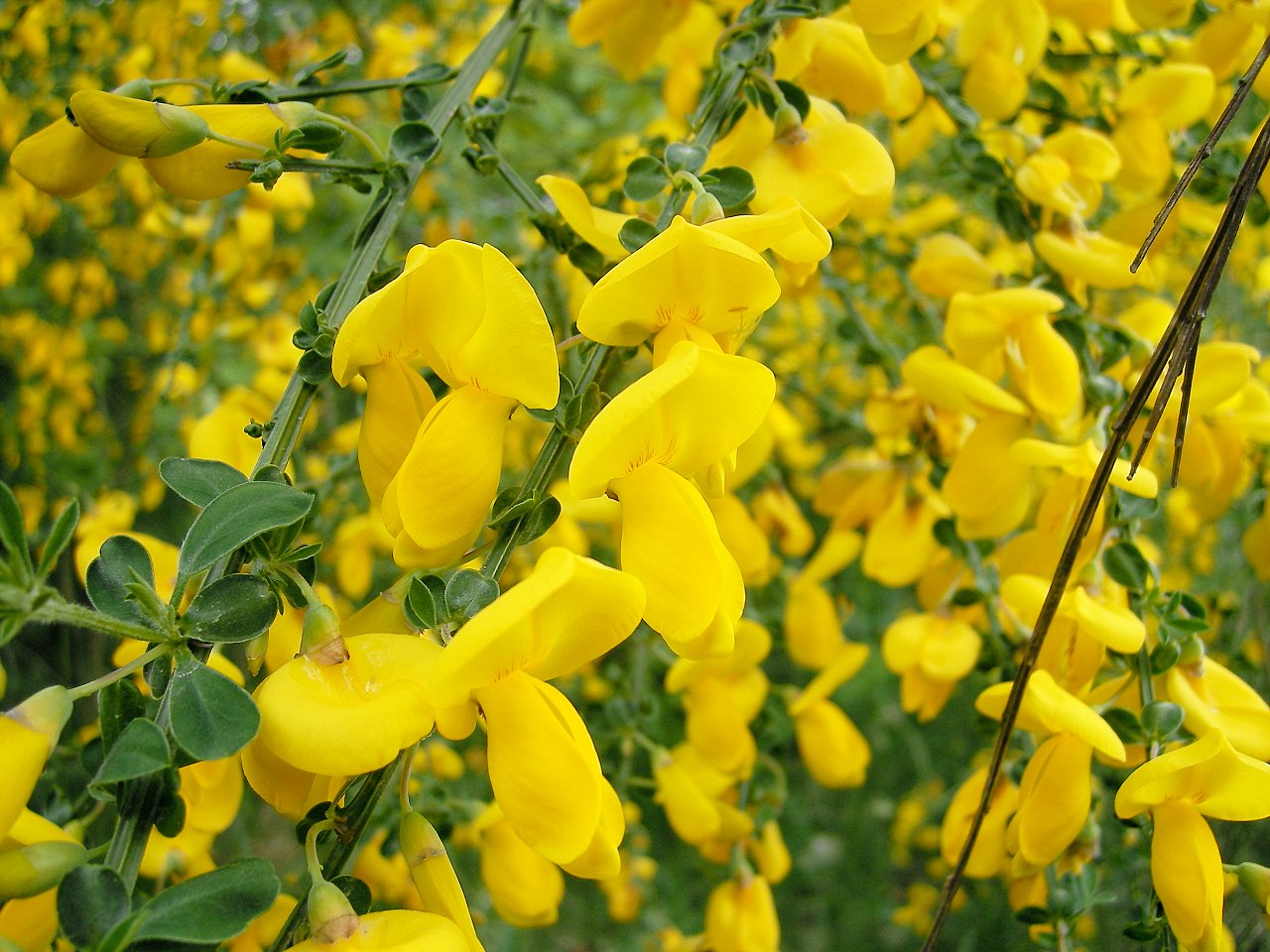
Image - Wikimedia / Danny S.
Cytisus are plants that produce a large number of flowers, and also they do it in such a way that when it is the season, it is sometimes difficult to glimpse the leaves. But if this seems like a small thing to you, you should know that they are great for low-maintenance gardens, as well as for growing in pots.
Due to their places of origin, and consequently to their evolution, they endure drought well as long as it does not last too long. and high temperatures do not harm them as long as they do not exceed forty degrees centigrade.
Origin and characteristics of the Cytisus
These are shrubs, bushes (subshrubs) or trees native to Europe, the Middle East and North Africa. The genus, Cytisus, is made up of 87 accepted species, of the 384 that have been described. They can grow to heights between 40 centimeters and 10 meters, and its leaves are greenish, often pubescent on both sides.
Its flowers are grouped in inflorescences between the armpits, and are yellow or white. The fruit is a legume, which is one of the main characteristics of legumes (Fabaceae family), more or less long and with seeds inside.
Main species
The main species of Cytisus are the following:
Cytisus grandiflorus
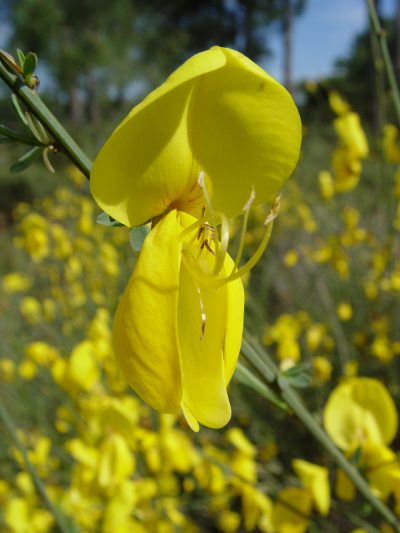
Image - Wikimedia / Lumbar
El Cytisus grandiflorus It is a deciduous shrub native to North Africa, and south and west of the Iberian Peninsula. Grows to a maximum height of 3 meters, and develops stems with green trifoliate leaves.
During the spring it produces yellow flowers, and its fruits are linear-oblong legumes that contain the seeds.
Cytisus multiflorus
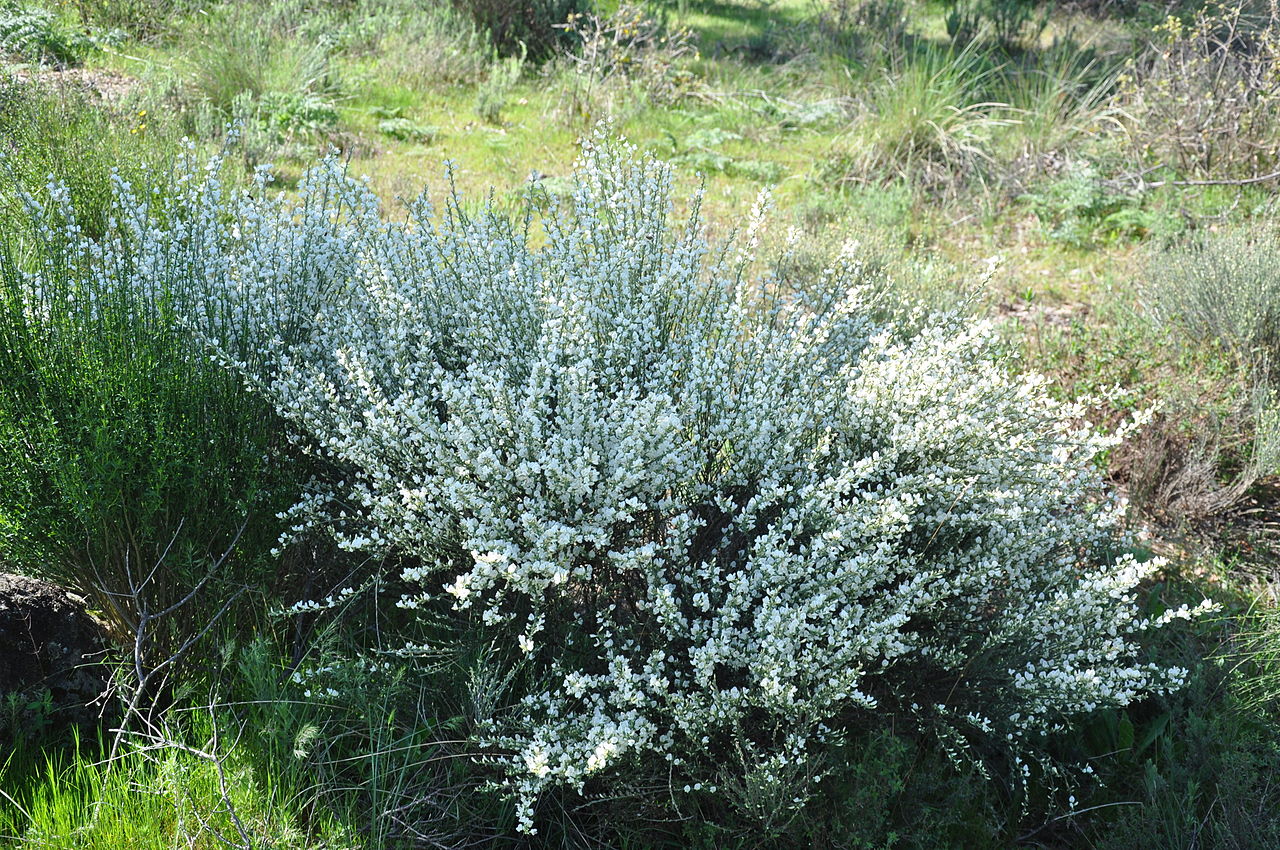
Image - Wikimedia / Xemenendura
El Cytisus multiflorus, known as white broom, is a shrub native to the Iberian Peninsula. Reaches a height of 2 meters high, with flexible branches from which sprout leaves that are simple and linear-lanceolate the upper ones, and the lower ones trifoliate.
In spring and until the beginning of summer it produces white flowers grouped in clusters. The legume is hairy, and is about 2,5cm long.
Cytisus oromediterraneus / Cytisus purgans
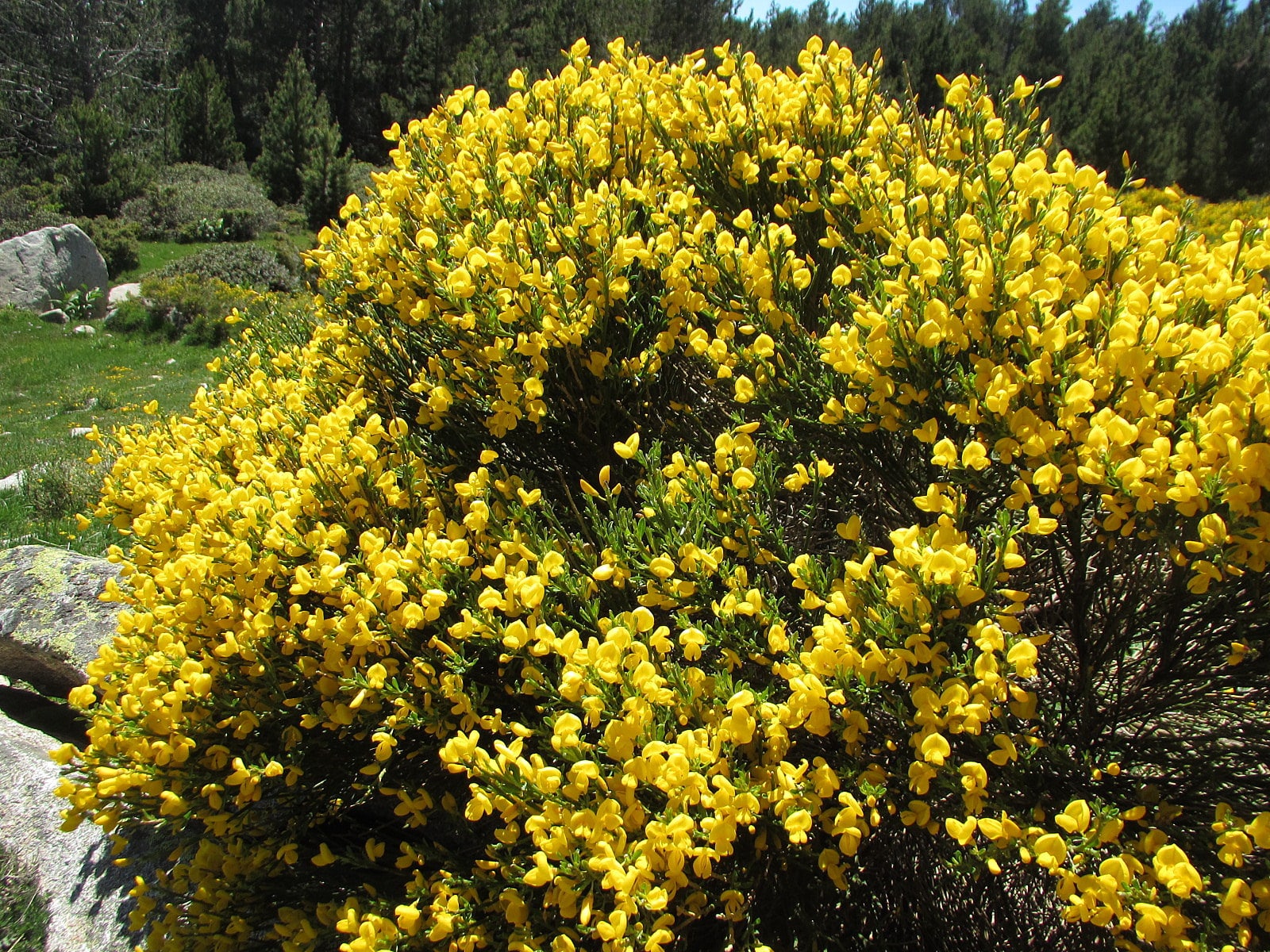
Image - Flickr / Joan Simon
El Cytisus oromediterraneus (or before Cytisus purgans), known as piorno serrano, is a shrub native to France, the Iberian Peninsula and North Africa. It grows up to 2 meters in height, with small, green leaves that fall quickly.
From spring to early summer it produces yellow flowers. The fruits are legumes about 2-3cm long.
Cytisus scoparius
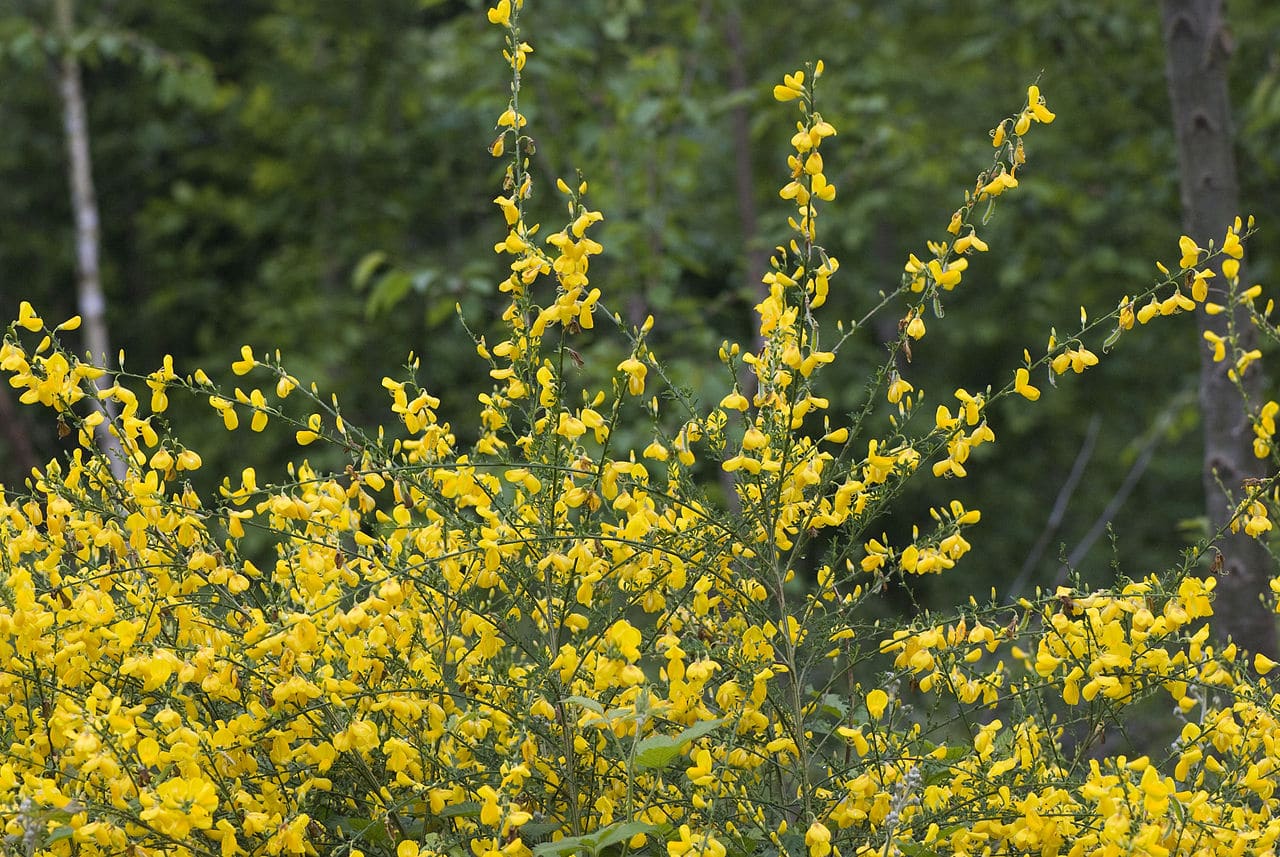
Image - Wikimedia / Olivier Pichard
El Cytisus scoparius, known as black broom or blond broom, is a shrub native to Europe, being autochthonous in some regions of Spain (in the Canary Islands in fact it is considered invasive, so it was included in the Spanish Catalog of Invasive Alien Species, thus prohibiting their possession, trade, traffic and of course their introduction into the natural environment).
It is a bush 1 to 2 meters high, with green branches and few trifoliate leaves. It blooms in spring and early summer, producing yellow flowers.
It has medicinal uses, specifically as a diuretic and antiedematous.
Cytisus striatus
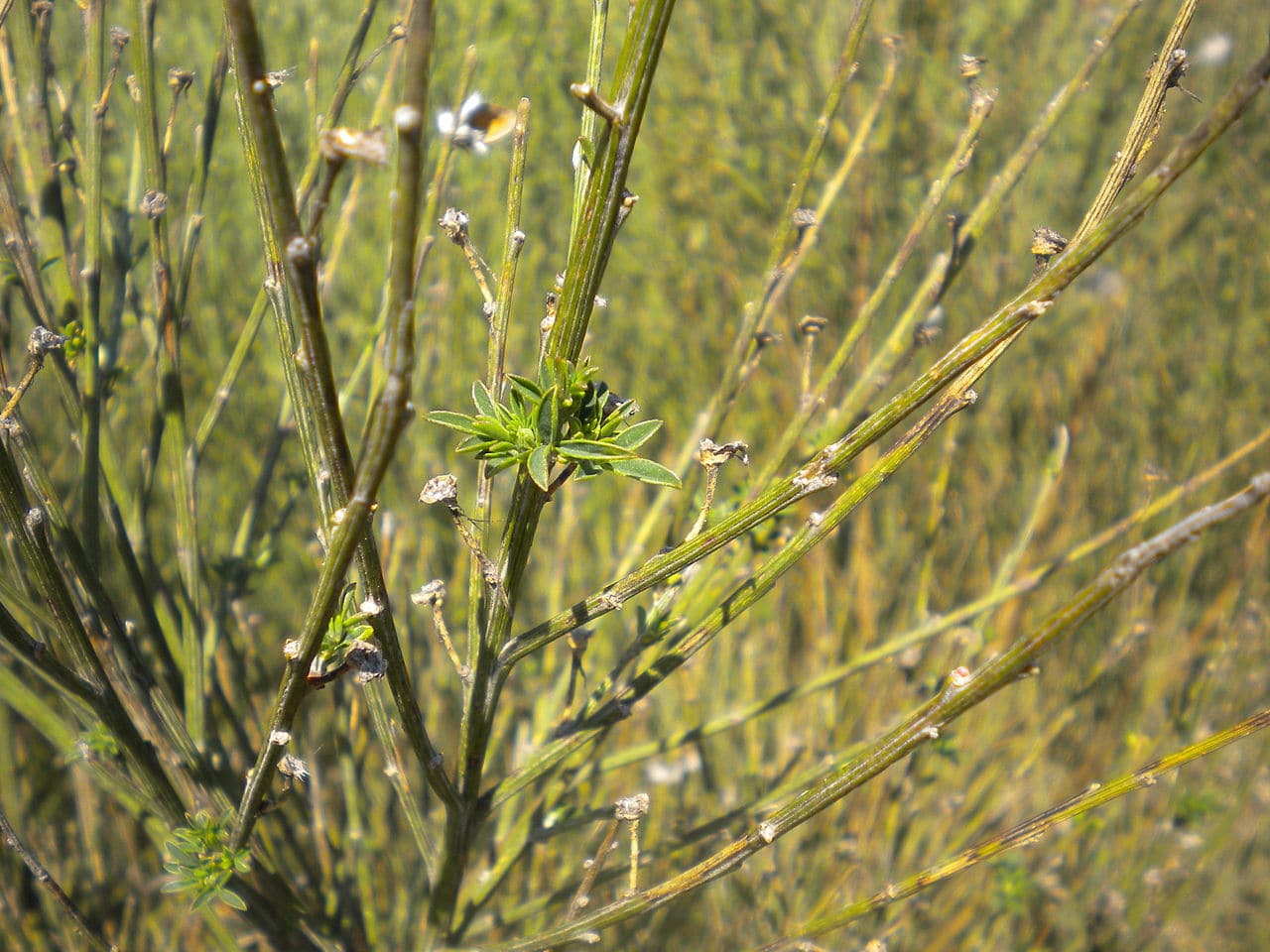
Image - Wikimedia / Balles2601
El Cytisus striatus, known as escobón, is a highly branched shrub endemic to the western half of the Iberian Peninsula and North Africa. Reaches a height of up to 3 meters, with branches from which trifoliate or simple leaves sprout.
During spring it produces solitary yellow flowers, and its fruits are densely hairy legumes that contain seeds.
What are the care that Cytisus need?
If you want to have a copy, we recommend that you provide it with the following care:
Location
They are plants that must be outside, in full sun. As they tend to grow quite a lot (about a meter) in width, forming more or less dense bushes, the ideal is that if you want to have them on the ground they should be placed at that distance from walls, walls and tall plants in order to be able to have a good development.
Anyway, if the space you have is limited, don't worry because you can prune them without problems to make them more compact.
Earth
- Garden: they grow in fertile soils, with very good drainage. Compact soils should not be planted.
- Flower pot: fill with a layer of about 2cm of volcanic clay or clay balls, and then with a mixture of universal substrate with perlite in equal parts.
The pot must have holes in its base through which the water can escape when watering.
Irrigation
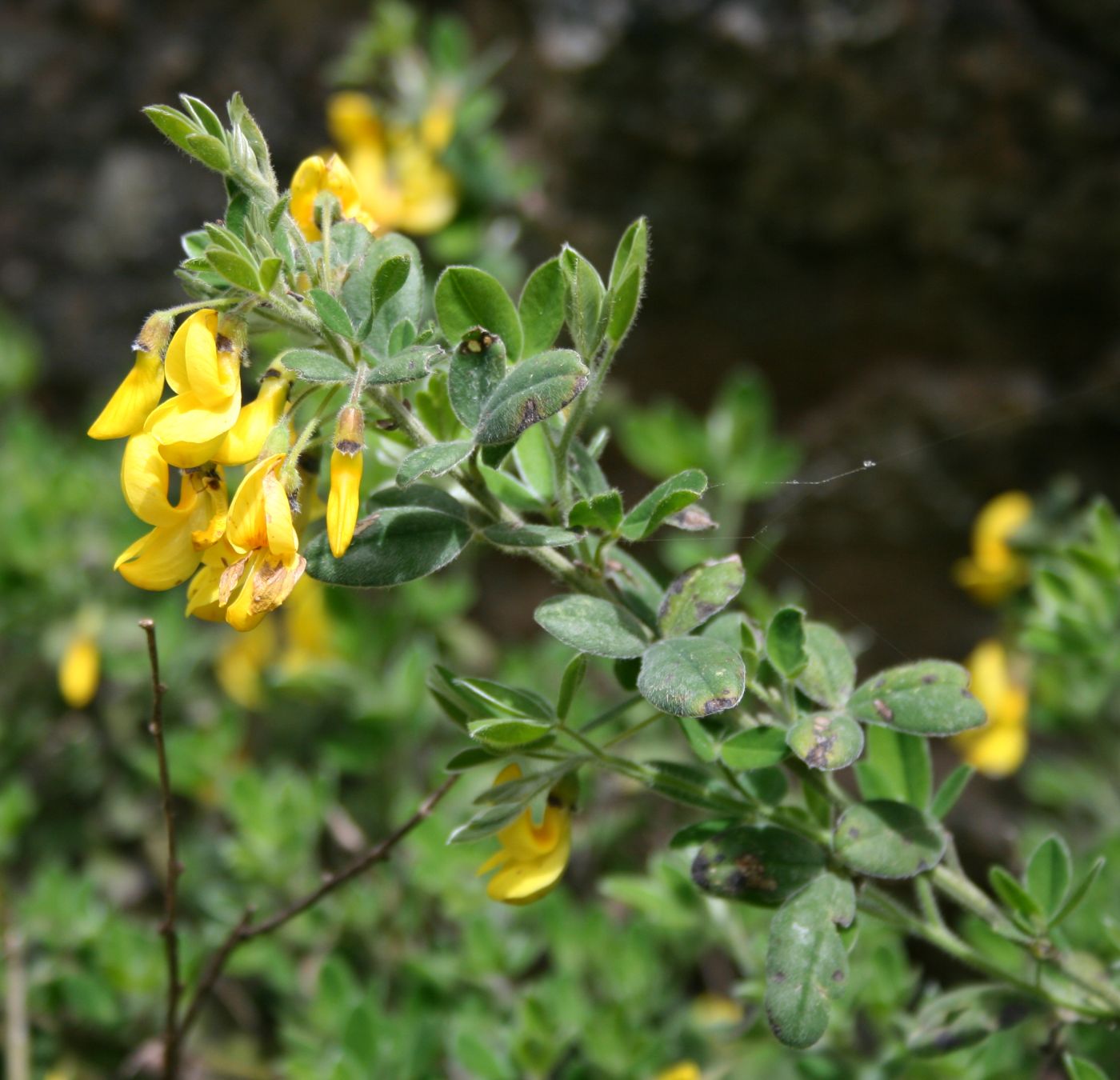
Image - Wikimedia / Franz Xaver
Moderate to low. The Cytisus support well the -short- dry periods if they are in the garden, but they appreciate that the waterings are regular, especially if they are grown in pots.
In general, it is advisable to allow the soil or substrate to dry almost completely before re-moistening it. Now, if there is a forecast of rain, do not water.
Subscriber
A weekly or biweekly subscription in spring and summer With a fertilizer such as guano, following the indications specified on the package, it will serve to have beautiful plants.
Multiplication
The Cytisus multiply by seeds in spring, sowing them for example in seedbeds or individual pots with substrate for seedbeds.
Rusticity
It depends on the species, but they endure the cold well and weak to moderate frosts down to -7ºC.
What do you think of these plants?